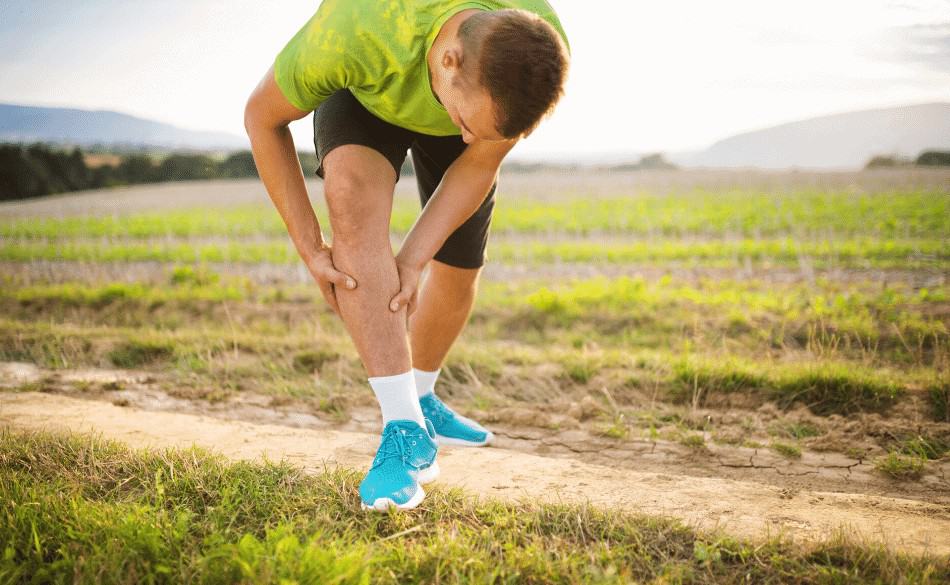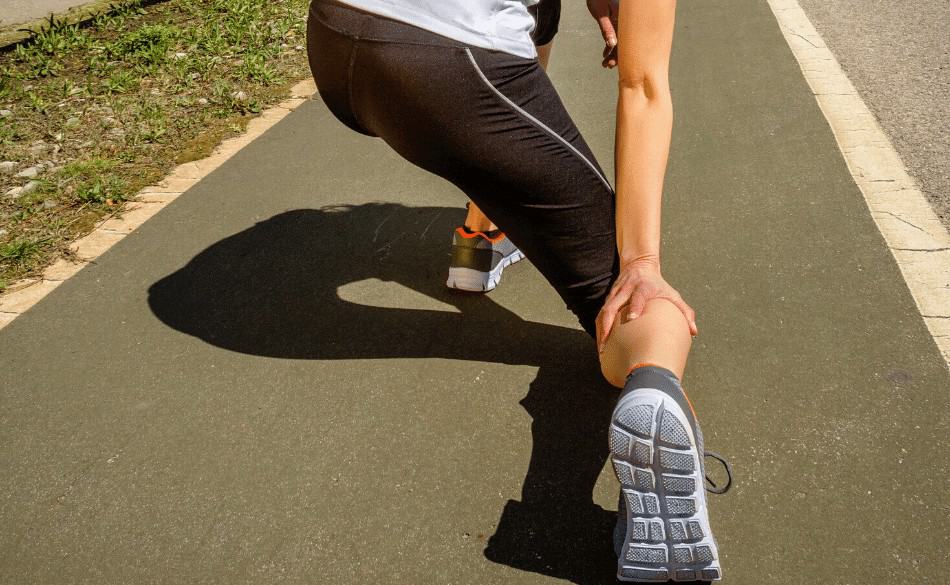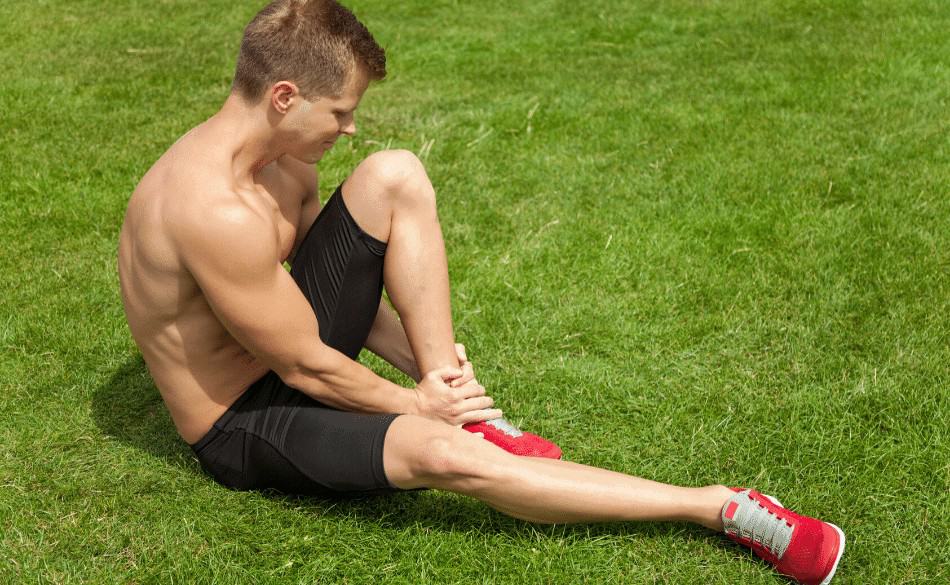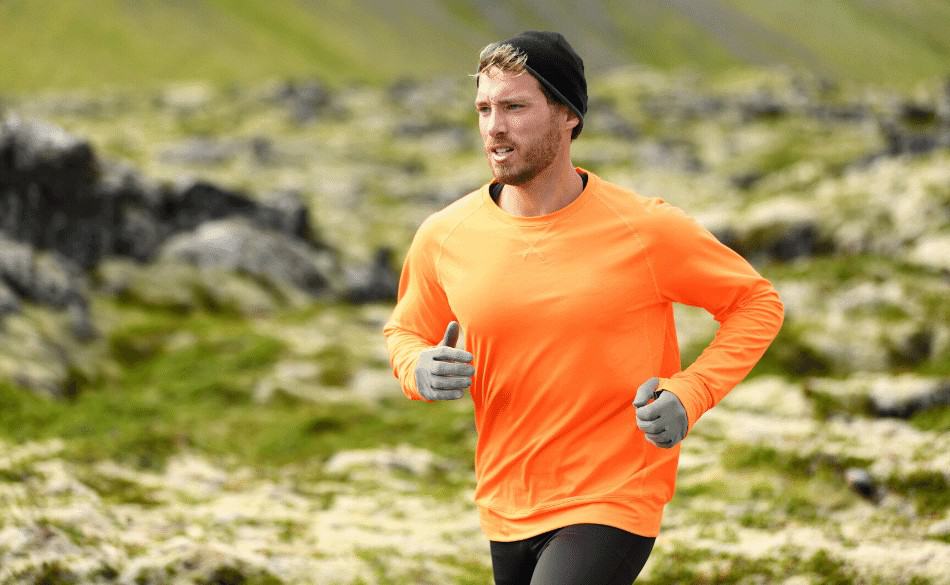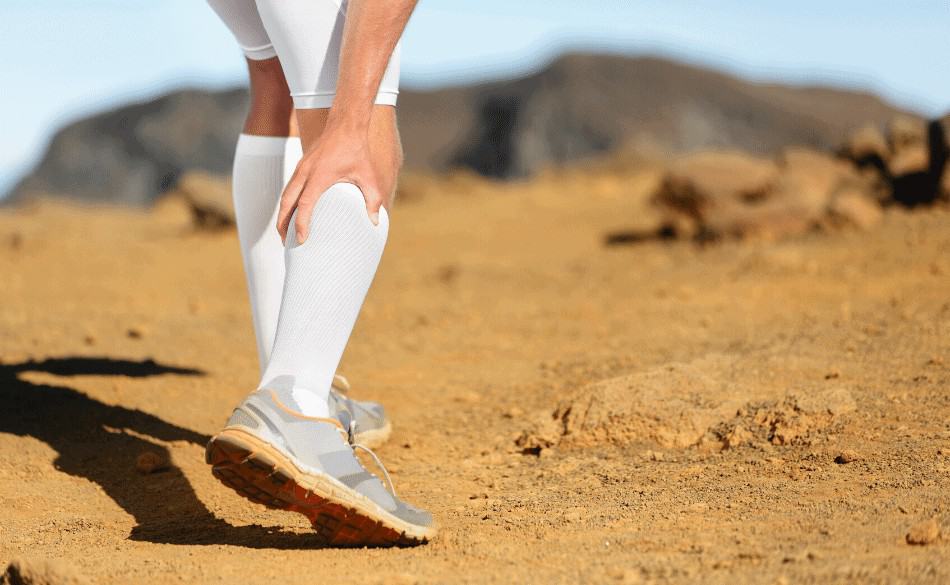
Calf Doms During Triathlons – UPDATED 2020 – Here’s What To Do!
Page Contents
Calf DOMS (Delayed Onset Muscle Soreness), or tight calves is a common issue faced by triathletes. This happens across all levels of training and racing. It occurs usually the next morning, and commonly from an extended running session or a heavy cycling/running workout. There are many types of soreness and pain that hits the calf muscle area. Some of them are:
Calf Muscle Strain
This type of strain is usually caused by a tear in the calf muscle. The severity of the pain depends on how severe the tear in the muscle is. This is the most common serious injury a person receives. When the calf tissue is unable to bear the load and strain placed upon them. The muscle then tends to tear and causes the strain.
Calf Muscle Cramping
The main causes of cramping in the calf are tiredness and fatigue of the muscle. Cramps usually occur when there is a sudden contraction of one or more of the muscles. These contractions are involuntary.
Swimmers, runners, and cyclists tend to suffer the most. This is usually caused by a sudden change in muscle movement and pattern. This is one of the many main reasons contractions occur.
Cramps differ based on how severe they are. There are light cramps that even after you get them, you are still able to train or continue the race. There are other cramps that are severe and require immediate supervision of a specialist.
Calves Sore After Running? Here’s What To Do
Soreness is pretty common after the long run. Be it your morning brisk walk or running a marathon, soreness is inevitable. Especially if you are running for the first time and are not used to it. The soreness and stiffness of the calves are usually felt 24 to 48 hours after the run.
Here are some easy ways to ease the soreness in your calves:
– Warm up
Most runners face the aftermath of soreness because they don’t warm up. Warming up is like an energy booster for your muscles. It loosens the muscles and eradicates the stiffness. Warming up may include basic exercises, dynamic movements, and stretches.
– Massages
Studies have shown that massages can ease DOMS.
If you are not able to access a massage therapist due to the lack of time or funds, you can do some self-massage in the comforts of your own home. You can either use your hands or a massaging tool.
– Old school yoga
Even your muscles need oxygen to breathe. The more oxygen you take in, the more your muscles relax. Not only that, but yoga exercises also help to reduce the soreness and stiffness caused by DOMS.
– Antioxidants
Green tea is rich in antioxidants. It is the best-known beverage to enrich your body with vital nutrients. Studies have shown that green tea has a soothing effect on the body and helps reduce the stress caused by DOMS.
– Ice
Ice works wonders and is available at all times in your refrigerator. Many professional runners, like Usain Bolt himself, use ice baths to reduce soreness and reduce inflammation.
Swimming or immersing yourself in cold water gives you magnificent results. If you are a person who can’t stand cold, then do not overdo it. An ice pack will be more than enough to get the job done.
– Have plenty of carbs and proteins
When you run, you lose a lot of energy which has to be gained back. The best way to do that is to stock up your carbohydrate and protein levels. This helps heals the muscle and gives you a boost for your next run.
Running With DOMS – Is That A Good Idea?
Depending on how severe your pain is, you may choose to continue running even with DOMS. For example, if you can’t move your leg due to the overwhelming pain, it is better to consult a doctor. However, if you are a beginner runner who is facing first-time issues, you can take some days to recover.
To find relief remember to:
– Keep yourself fully hydrated.
– Stretch after each run and relax your muscles.
– Build endurance and strengthen your calves with the help of exercises.
– Recheck your running technique.
– Check if you are wearing the wrong kind of footwear.
Cure for DOMS – Best Exercises To Relieve DOMS
A tight calf or calf soreness is usually an excess load issue. Either your calf is having a tough time coping with the amount of load you have put on it or the calf is working too hard. Thus overcompensating for the weakness in your calf. All of these can be resolved by building calf endurance and strength.The below given exercises will help you to:
– Build endurance level of your calf
– Reduce occurrences of post-training DOMs
– Maintain consistent, injury-free training
1) Straight Leg Calf Raise / Straight-Knee Eccentric Heel Drop
1. Step on an elevated platform with one leg. Use a wall for support, if needed.
2. Rise on your tiptoes and hold in that position for a few seconds.
3. Slowly lower it down.
4. Repeat 3 sets of 30 reps on each leg to build endurance.
2) Bent-Leg Calf Raise / Bent-Knee Eccentric Heel Drop
2. Similar to the previous exercise, step on an elevated platform but this time with a bent leg instead of a straight leg.
3. Rise to your tiptoes and hold the position.
4. Slowly lower down and repeat.
3) Posterior Control
1. Stand on an elevated platform with your toe and the sides of your feet resting on the edge of the platform.
2. Slowly allow your feet to drop down a few inches.
3. Bring it back up and repeat for 30 counts on each leg.
4) Isometric Calf Holds
1. Stand on an elevated platform with your five fingers resting on the edge of the platform while the heel of the foot remains off the ground.
2. Hold this position for 30 seconds and then build up the timing to 45 seconds and then 1 minute.
3. Once you have found your hold, you can include weights to this exercise and make it more difficult.
You can try doing this exercise right before an important race to activate the muscles.
Enough stretching, strength building, and following the correct training schedule can help prevent tight calves in the future. Also, be sure to check your running shoes and keep the load-bearing to a minimum if you experiencing some calves issues.


